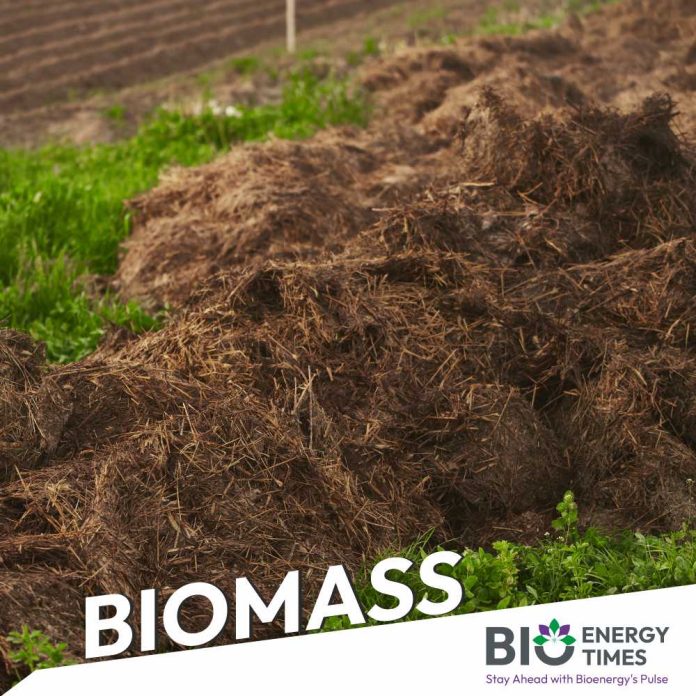Researchers at the U.S. Department of Energy’s National Renewable Energy Laboratory (NREL) have identified a viable approach to manufacturing bio-derivable wind blades that can be chemically recycled, potentially eliminating the need for landfilling old blades after their useful life ends.
These findings, published in the journal *Science*, highlight a new resin derived from bio-derivable resources that performs comparably to current industry standards for blades made with thermoset resins, and outperforms some thermoplastic resins designed for recycling.
To demonstrate the feasibility of the new resin, called PECAN (PolyEster Covalently Adaptable Network), researchers constructed a 9-meter prototype blade. This resin integrates smoothly with existing manufacturing techniques.
Currently, wind blades have a lifespan of about 20 years and are often mechanically recycled, such as being shredded for use as concrete filler. PECAN represents a significant advancement because it enables recycling through mild chemical processes.
The chemical recycling process recaptures and reuses the blade components repeatedly, allowing for continuous remanufacture of the same product. Ryan Clarke, a postdoctoral researcher at NREL and lead author of the study, noted that the chemical process completely disintegrated the prototype blade in six hours. “It is truly a limitless approach if it’s done right.”
The study, titled “Manufacture and Testing of Biomass-Derivable Thermosets for Wind Blade Recycling,” involved researchers from five NREL research hubs, including the National Wind Technology Center and the BOTTLE Consortium. The team showcased an end-of-life strategy for PECAN blades and outlined recovery and reuse strategies for each component.
Johney Green, NREL’s associate laboratory director for Mechanical and Thermal Engineering Sciences, emphasized the importance of the PECAN method, stating, “Developing recyclable wind turbine blades is a crucial step in advancing a circular economy for energy materials.”
To read more about Biomass Industry News, continue reading BioEnergyTimes.com














